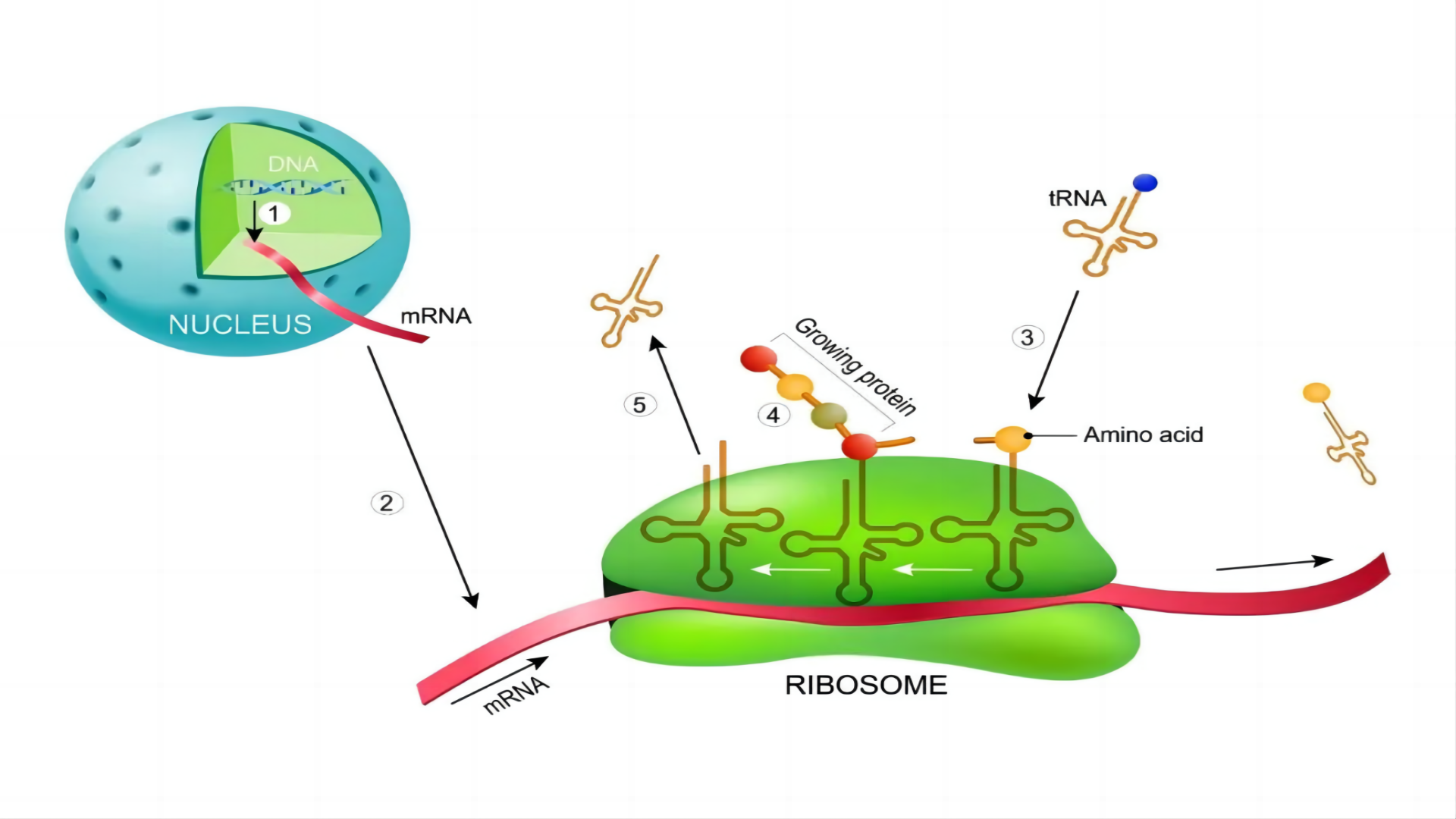With the deepening of research, it has been found that amino acids are not only an organic nitrogen source for plants, but also have multiple functions, including participating in protein synthesis and regulating plant growth. Different types of amino acids have different physiological functions for crops,such as promoting chlorophyll production, endogenous hormone formation in plants, root development, seed germination, flowering and fruiting, and improving fruit flavor.
More and more experiments have shown that in many soil systems, the absorption of amino acids as a nutrient nitrogen source by plants accounts for a considerable proportion of total nitrogen source utilization, especially in soil systems with relatively scarce nitrogen sources, where the role of amino acids cannot be ignored.

With the deepening of research, it has been found that amino acids are not only an organic nitrogen source for plants, but also have multiple functions, including participating in protein synthesis and regulating plant growth. Different types of amino acids have different physiological functions for crops:
-Alanine: increases chlorophyll synthesis, regulates stomatal opening, and fights against bacteria.
-Arginine: enhances root development, is a precursor for polyamine synthesis, and enhances salt stress resistance.
-Aspartate: promotes seed germination and provides a nitrogen source for growth during stress periods.
-Cysteine: maintains cellular function as an antioxidant of sulfur.
-Glutamate: reduces nitrate content and promotes leaf photosynthesis.
-Glycine: has a unique effect on photosynthesis, increasing sugar content.
-Histidine: a precursor that regulates stomatal opening and provides a carbon skeleton hormone.
-Isoleucine and leucine: enhance resistance to salt stress and increase pollen vitality.
-Lysine: enhances chlorophyll synthesis and improves drought resistance.
-Methionine: a precursor for polyamine synthesis.
-Phenylalanine: Promotes lignin synthesis, a precursor of anthocyanins.
-Proline: increases plant tolerance to osmotic stress, enhances stress resistance and pollen vitality.
-Serine: participates in cell tissue differentiation and promotes germination.
-Threonine: enhances tolerance and resists pests and diseases.
-Tryptophan: a precursor for the synthesis of indole-3-acetic acid, which enhances the synthesis of aromatic compounds.
-Tyrosine: increases drought resistance and improves pollen germination.
-Valine: increases seed germination rate and improves fruits flavor.
There are also synergistic effects between these amino acids, such as promoting chlorophyll production, endogenous hormone formation in plants, root development, seed germination, flowering and fruiting, and improving fruit flavor.
Amino acids are the fundamental units that make up proteins and are easily absorbed; Small molecule peptides are composed of 2-10 amino acids, also known as oligopeptides; Peptides are composed of 11-50 amino acids and have a relatively large molecular weight; Proteins are composed of more than 50 amino acids and cannot be directly absorbed by plants.
The usage methods of amino acid fertilizers include drip irrigation, flushing application, and foliar spraying, which are suitable as topdressing and not as base fertilizer. When choosing fertilizers, small molecule peptides can be chosen according to actual conditions to resist adverse environments and enhance crop stress resistance, while ordinary amino acid fertilizers are more suitable for improving fertilizer efficiency.
Chengdu Agreenco Bio Tech Co.,Ltd produces the different types of amino acids through the unique bio technologies to produce compound amino acids containing the 17 kinds of free amino acids in small molecular which is much easy be absorbed by plants:
1: Compound amino acid 80% from soybean source through the Enzymatical hydrolysis producing method.
2: Compound amino acid 80% from soybean source through the acid hydrolysis producing method.
3: Compound amino acid 40-50% from animal source through the acid hydrolysis producing method.




